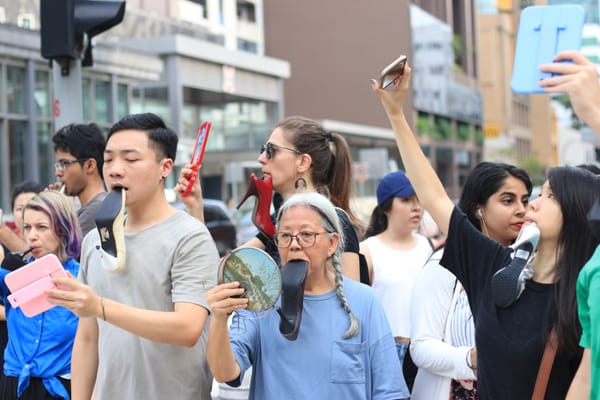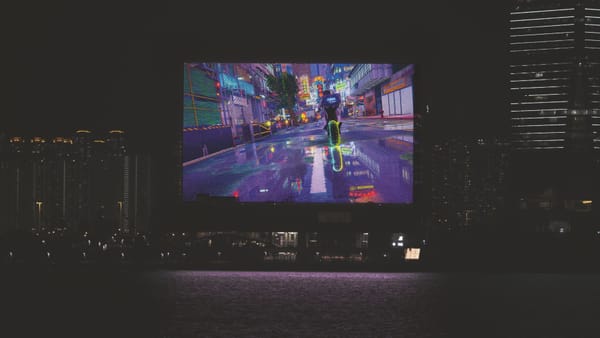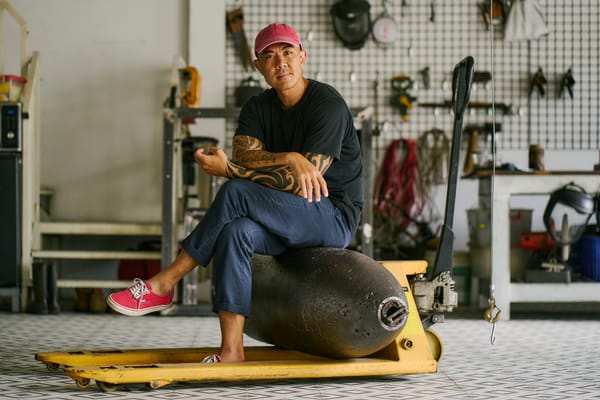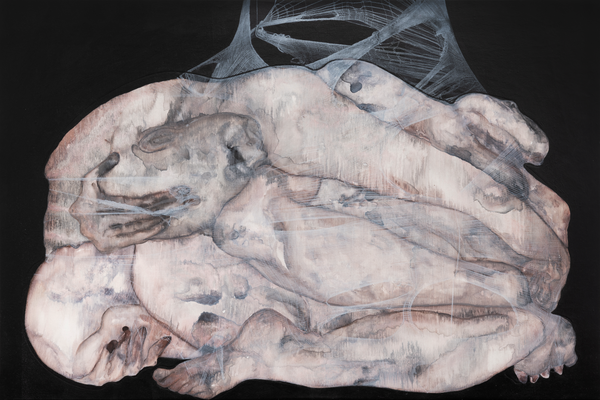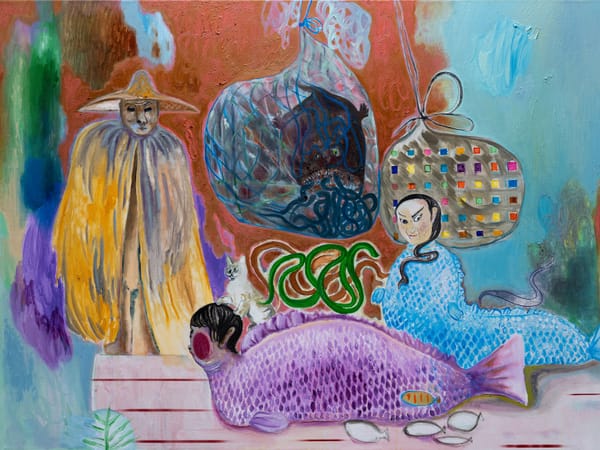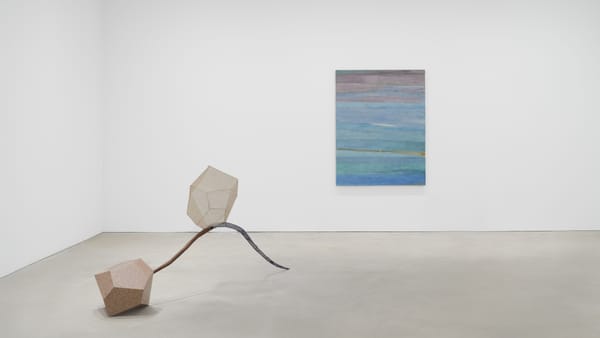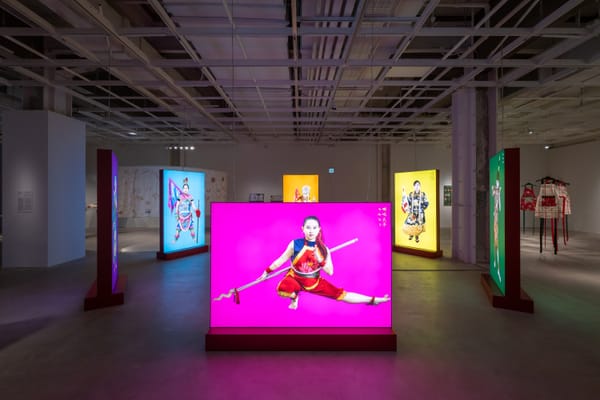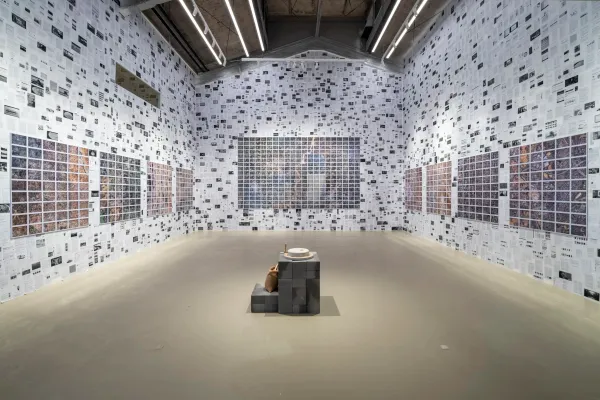Shows
Hamad Butt’s “Apprehensions”
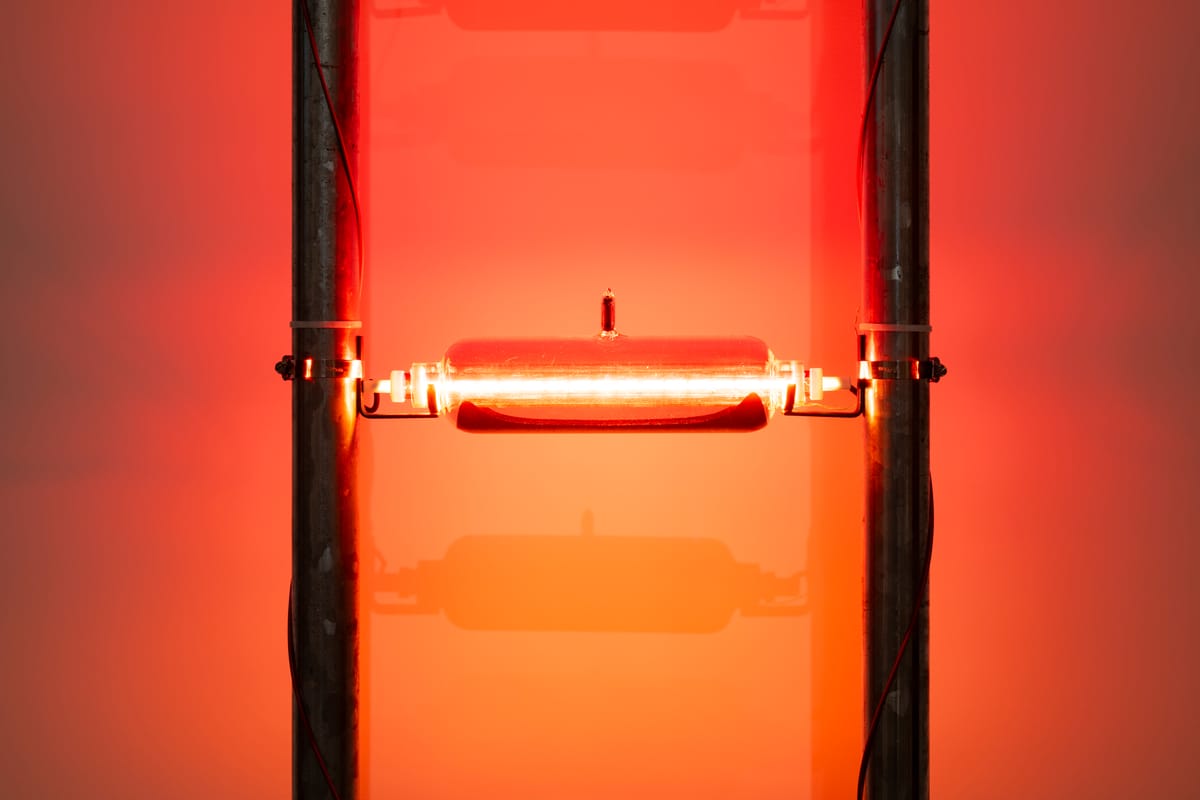
Hamad Butt
Apprehensions
Whitechapel Gallery
London
Jun 4–Sep 7, 2025
At the Whitechapel, Hamad Butt’s installation Familiars 1: Substance Sublimation (1992) captured a convoluted moment where alluring beauty and precarity coincide: a steel ladder, with rungs made of glass spectrum tubes sealed with iodine and wired to a high-voltage power supply, radiated a deep violet glow that ascended, step by step, to the raised gallery ceiling. Organized in collaboration with the Irish Museum of Modern Art (IMMA), “Hamad Butt: Apprehensions” was the first survey to display the British Pakistani queer artist’s only two installation series alongside his early drawings and graphic works. The exhibition detracted from the canonical birth-to-death retrospective timeline, offering a non-linear narrative to engage with oeuvre of the short-lived yet prolific artist.
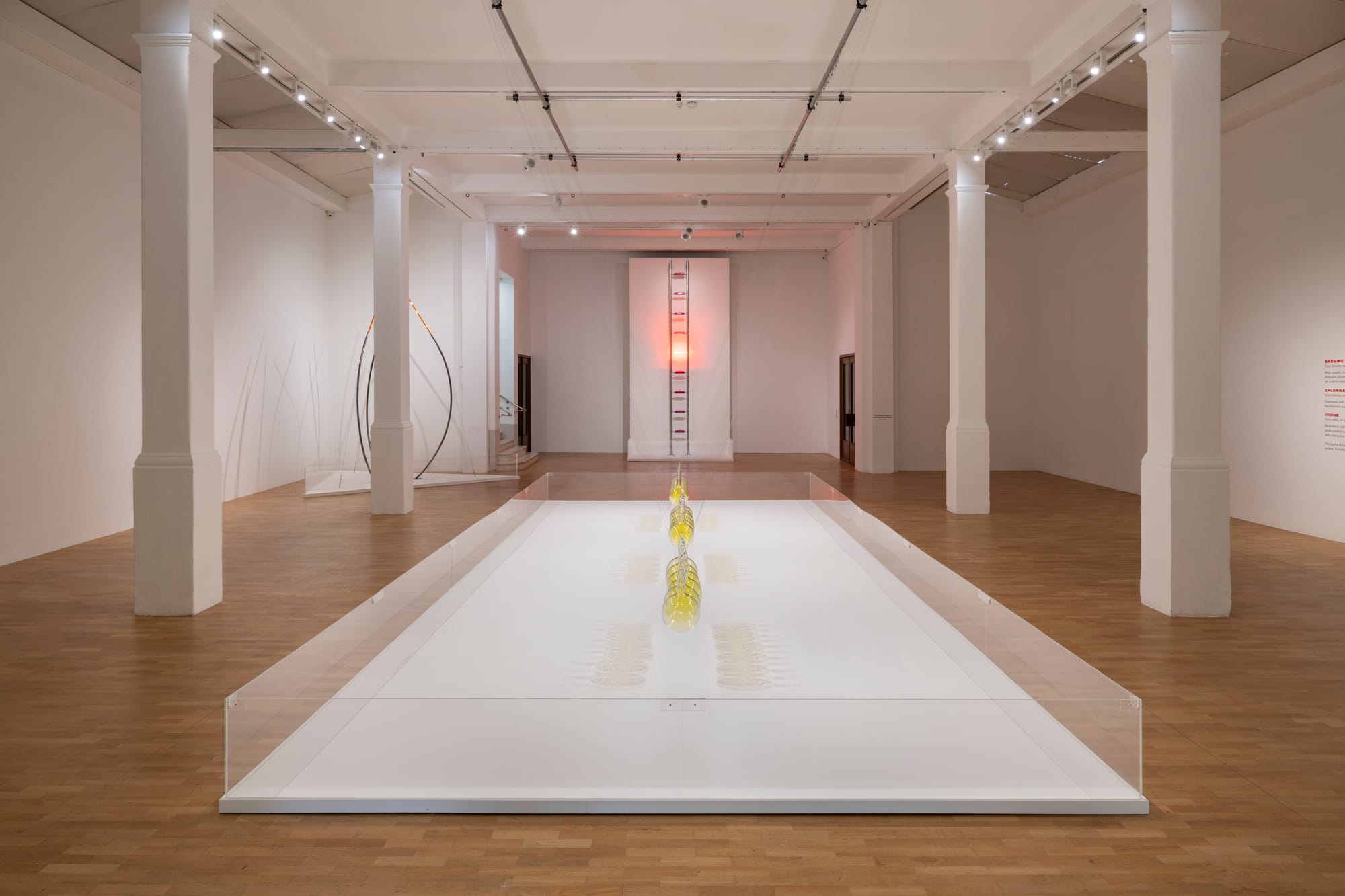
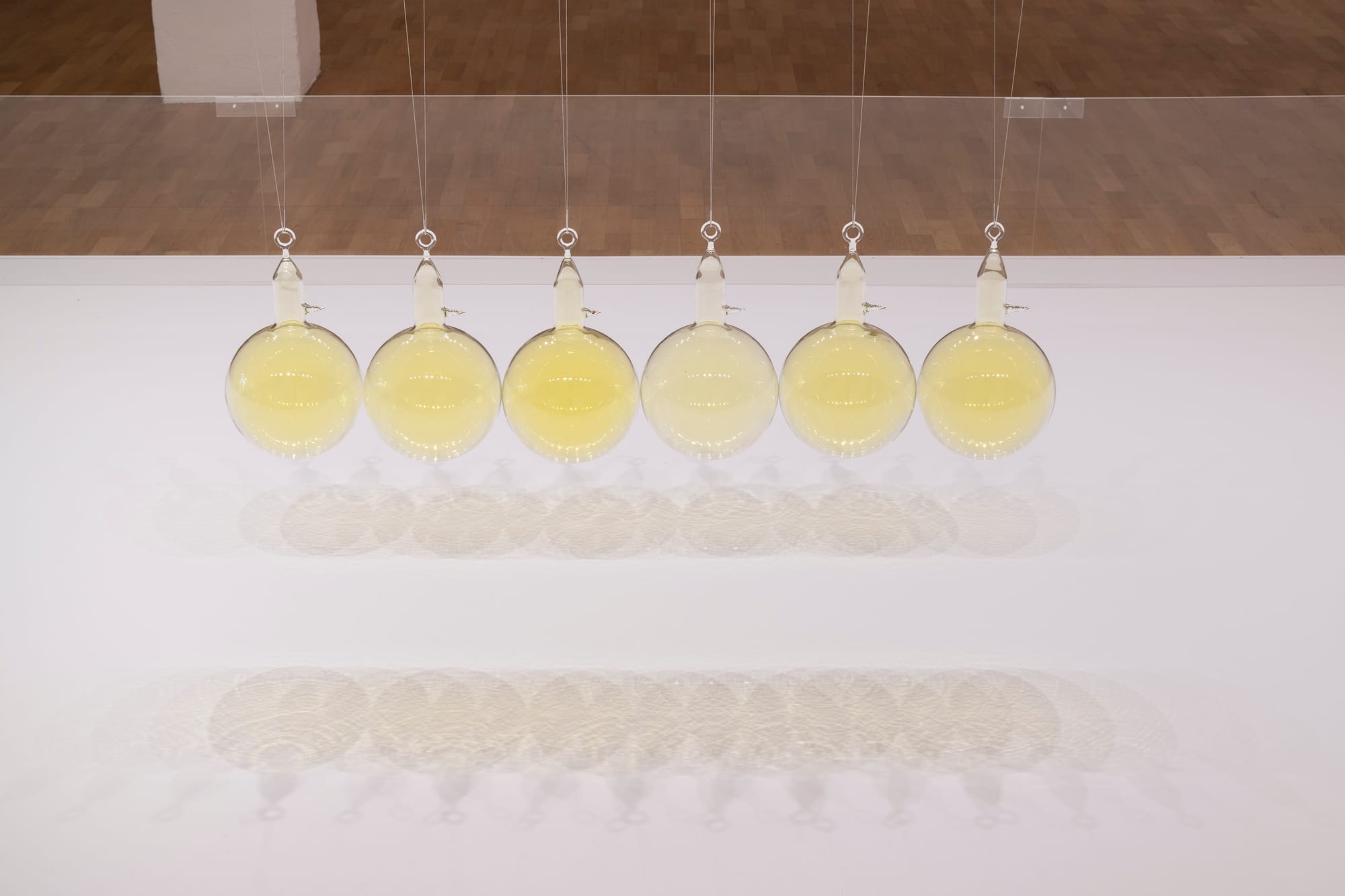
Installation views of HAMAD BUTT’s Familiars, 1992, at “Hamad Butt: Apprehensions,” Whitechapel Gallery, London, 2025. Photo by Damian Griffiths. Courtesy Whitechapel Gallery.
Before his untimely death in 1994 at the age of 32, Butt completed two large-scale multiwork installations: Transmission (1990) and Familiars (1992). Familiars kicked off the exhibition with the aforementioned Substance Sublimation Unit, in which an electrified ladder leads to nowhere; Familiars 2: Hypostasis (1992), a work where three steel arches balance against each other, with amber-colored bromine shining at their tips; and Familiars 3: Cradle (1992), where Butt substituted the swinging metal spheres in Newton’s cradle with 18 delicate flasks of chlorine. Created against the backdrop of AIDS, the series encapsulates an unsettling struggle between longing and fear, translating it into a mimetic situation with medical precision. The inorganic and sterilized surfaces drive one’s eyes to seek traces of fleshy warmth, but what awaits is the toxicity of halogens.
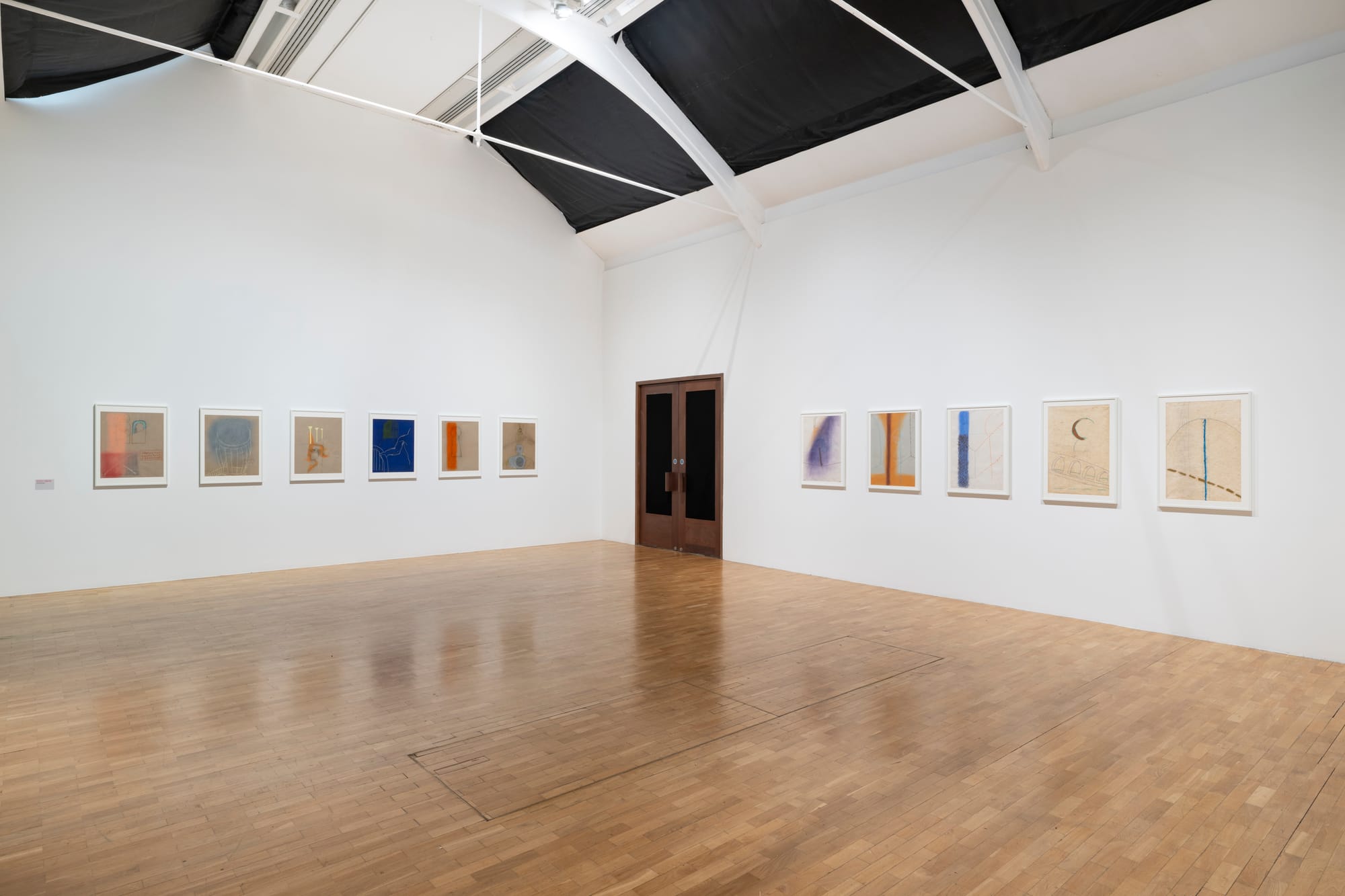

Installation views of “Hamad Butt: Apprehensions,” Whitechapel Gallery, London, 2025. Photo by Damian Griffiths. Courtesy Whitechapel Gallery.
Butt’s dual, nuanced expression, manifested in fascinatingly dangerous installations, was contextualized in the upstairs gallery. Butt joined Goldsmiths in 1987, a period often associated with the Young-British Artist (YBA) generation. While Goldsmiths allowed Butt to experiment with various artistic forms, from painting to etching, he diverged from his seniors’ satirical transformations of everyday ephemera. Instead, he turned into his spiritual world, developing a unique corpus of iconography: sensual male nudes, illegible hand gestures, and moods oscillating between self-harming agony and enlightening ecstasy with dotted lines extending beyond the canvas. Some works can be read as a direct, inward inquiries about sexuality and identity, reflecting his journey to embrace himself as an Asian Muslim queer immigrant. What permeates his work, however, is an obsession with the discreet and the convoluted, as he approached knowledge with an alchemist-like awe and esotericism.
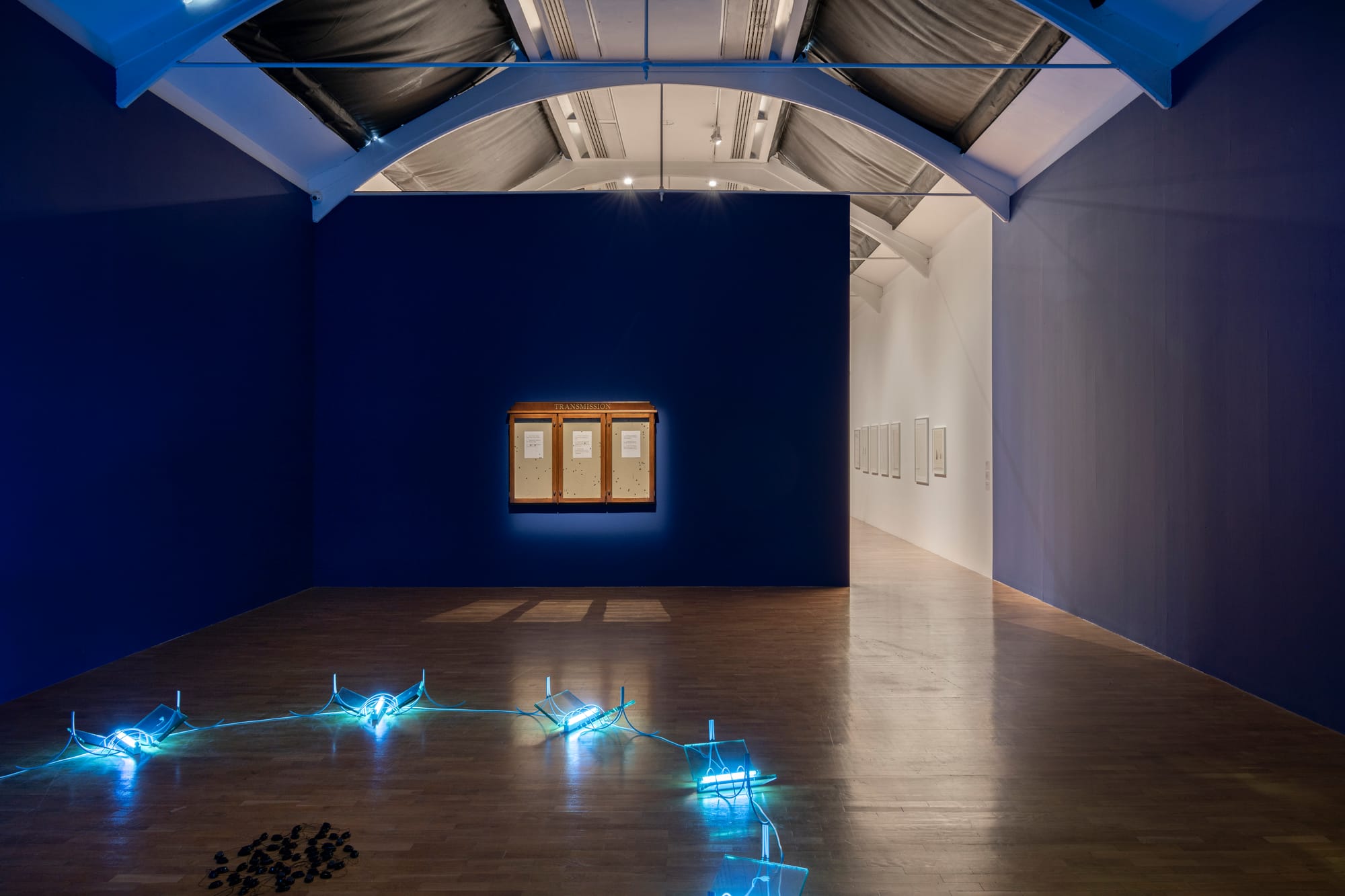
The exhibition reached its climax with Transmission, the installation Butt created for his MFA graduation show. Nine perspex books encircle a pile of protection goggles, arranged with ritual solemnity. Each book is etched with Triffids, the fictional alien prophets of apocalypse, which only become legible under ultraviolet light—invisible yet blindingly hazardous. Viewers could only reach for the goggles in the center by traversing the circle. On the opposite side is a reconstruction of a work colloquially known as the “fly-piece:” in a sleek wooden vitrine, viewers observed flies confined within—a morbid, near-religious narration of life and death. During their brief lives, the flies fed on sugar-soaked paper, on which Butt had printed his response to the HIV/AIDS denialism of his time:
- We have the eruption of the Triffid that obscures sex with death.
- A stigmata of an era with the fear of invasions.
- A mark of contagion that isolates others, defiles health, abandons intimacy.
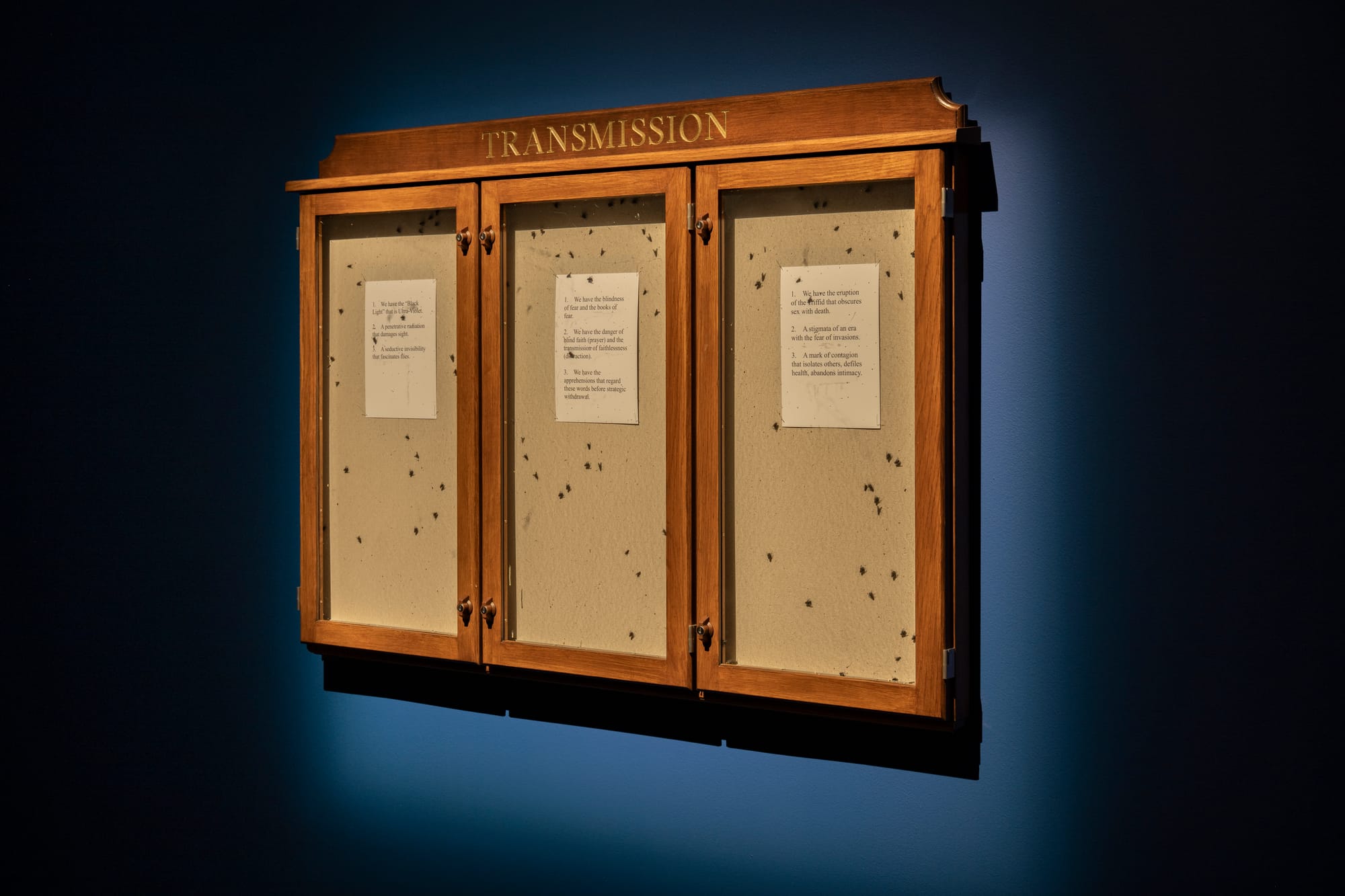
In the same year, shortly after Transmission was first shown, Damien Hirst launched his controversial A Thousand Years, his first work to feature animals that also featured flies. Butt destroyed the fly-piece, and it was never shown in ensuing exhibitions of Transmission. The curatorial team’s resurrection of the work served as a poignant reminder of enduring precarity: How do we understand the legacy left by Hamad Butt? How can we approach the nuances in his Janus-faced expressions, and unravel the complexities that both unsettle and apprehend us?
Lan Chang is a writer currently based in Hong Kong.
